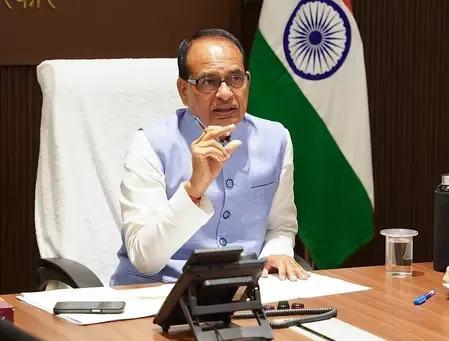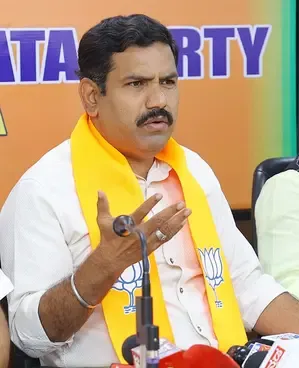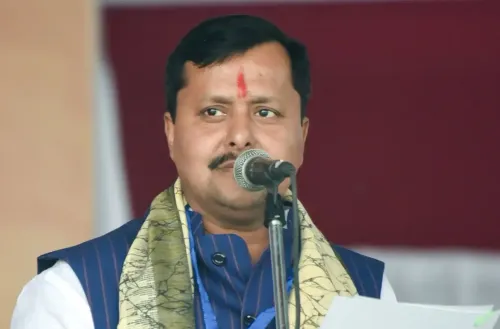Is Rs 44,323 Crore Allocated to States Under MGNREGS for FY26?

Synopsis
Key Takeaways
- Rs 44,323 crore allocated for MGNREGS in FY26
- Ongoing support for rural employment
- Highest budget allocation since inception: Rs 86,000 crore
- Direct Benefit Transfer for wage payments
- Focus on strengthening implementation at the grassroots level
New Delhi, July 22 (NationPress) In the financial year 2025-26, the government has allocated a total of Rs 44,323 crore to various States and Union Territories. This funding encompasses wages, materials, and administrative costs under the Mahatma Gandhi National Rural Employment Guarantee Scheme (MGNREGS), as announced in the Lok Sabha on Tuesday.
The Rural Development Minister, Shivraj Singh Chouhan, shared insights into the MGNREGS as of July 17. He noted that the allocation for 2025-26 has been set at Rs 86,000 crore, affirming ongoing support for rural employment initiatives.
Responding to a query from T. M. Selvaganapathy regarding the potential termination of the scheme, the Minister clarified, "There is no proposal to wind up the scheme. Efforts are continually made to enhance its implementation on the ground."
Minister Chouhan emphasized that the scheme aims to ensure guaranteed employment, create durable assets of specified quality, strengthen the livelihood resources of the underprivileged, promote social inclusion, and reinforce Panchayat Raj institutions.
When asked about the budget allocations for MGNREGS decreasing over time, the Minister confirmed that for the fiscal year 2024-25, the budget allocation of Rs 86,000 crore has been the highest since its inception.
He explained that given the scheme's demand-driven nature, the Ministry of Rural Development closely tracks employment needs at the grassroots level and requests additional funds from the Ministry of Finance as necessary.
In response to concerns raised by state governments about delays in fund disbursement by the Central government, the Minister stated, "Wage payments are directly credited to beneficiaries' accounts through the Direct Benefit Transfer system."
Regarding material and administrative components, States and UTs must submit fund release proposals to the Central government. The Minister outlined, "The Central government releases funds in two tranches, considering factors such as the agreed Labour Budget, demand for work, and overall performance, along with relevant documentation from the States/UTs."










